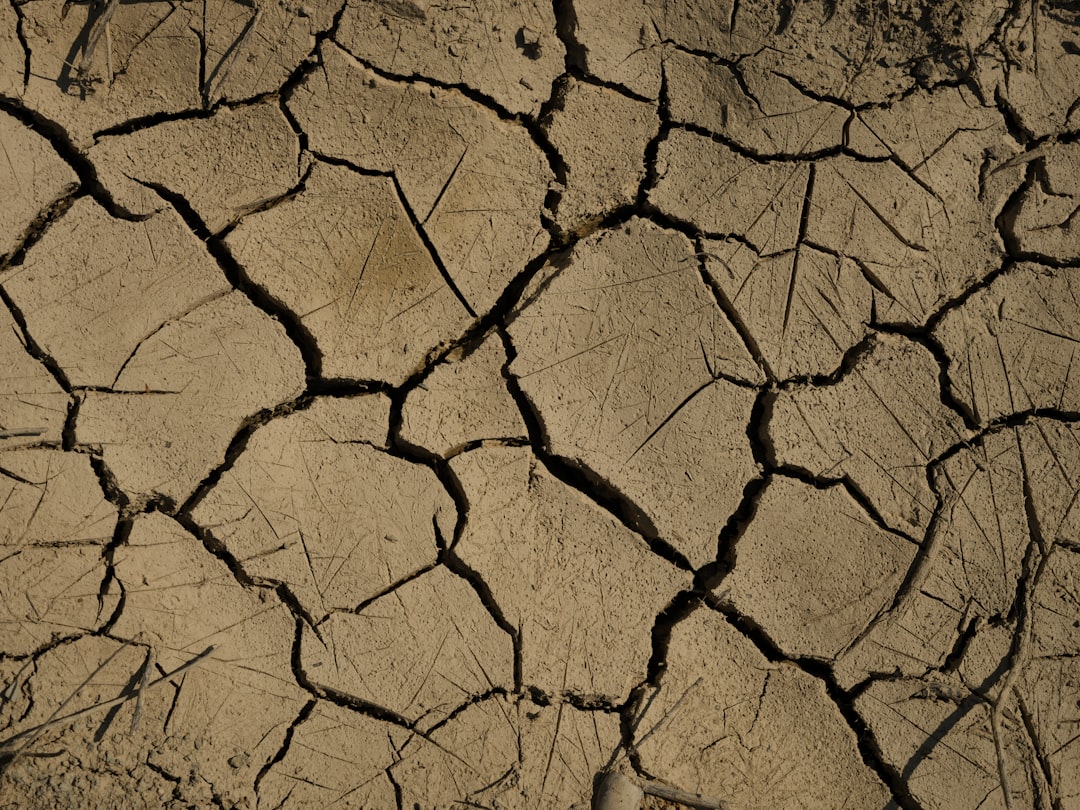What is it about?
Understanding how urban canopy cover changes over time is important for the retention of high quality urban forests. Traditional methods of looking at tree canopy change over time requires the analyst to have the same data from at least two different time periods. New remotely sensed data provides high-resolution imagery, but with limited ability to look at change over time due to limited history. In this study we showed that it is possible to use historical aerial photos and modern LiDAR data to look at urban tree canopy changes over longer time frames that would be possible with only one data type.
Featured Image

Photo by Sophie Nito on Unsplash
Why is it important?
This research is important because tree canopy change studies are often restricted by the duration or collection history of the data type chosen. Modern data types like LiDAR can be extremely high-resolution and can be processed with computer trained models. This is great, but LiDAR has only existed for a short time. Using the methods proposed in this study, it is possible to use LiDAR to look at current or recent canopy and then historical aerial photos for the older time periods. This allows for the ability to look at high-resolution tree canopy changes over longer times than otherwise possible, while still using modern data collection and analysis. Being able to look at long time frames of change detection allows for a more nuanced and boarder understanding of changes through time. This research concludes the methods outlined is suitable for small scale TCC change detection over long time frames when inconsistent data types are available between the two time periods.
Perspectives
This research was designed as a proof of concept. Its goal was to show that it was possible to use multiple data types to examine tree change detection and expand the timeframes we can examine at high resolution. Historical data is important but with new data types it is important to think about how we can use these data together, even if it is more logistically challenging. This research presents only one way that data types could be used together and is by no means trying to say this is the best way. Just that it is one method.
Kathleen Coupland
University of British Columbia
Read the Original
This page is a summary of: Combining aerial photos and LiDAR data to detect canopy cover change in urban forests, PLoS ONE, September 2022, PLOS,
DOI: 10.1371/journal.pone.0273487.
You can read the full text:
Contributors
The following have contributed to this page










